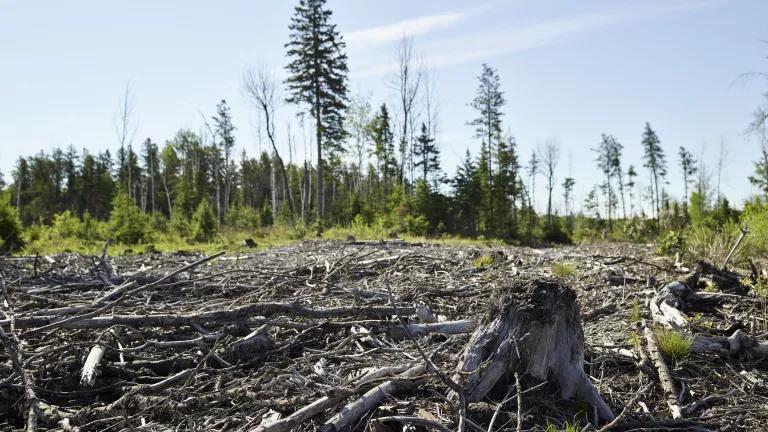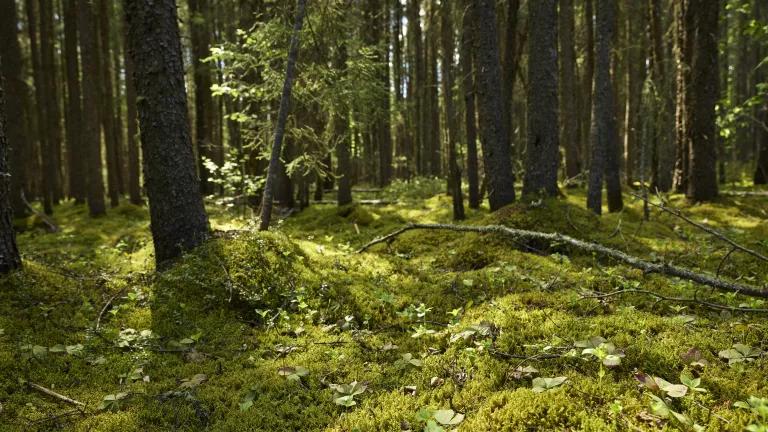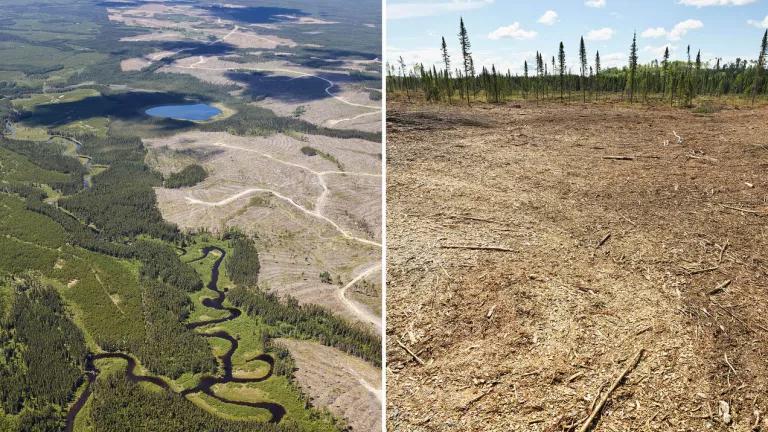International Day of Indigenous Peoples: Free Nahuelbuta
In the Nahuelbuta Mountains of what is now Chile, Indigenous Mapuche communities offer hopeful lessons for native forest restoration and river protection, based on deep historical relations with the local environment.
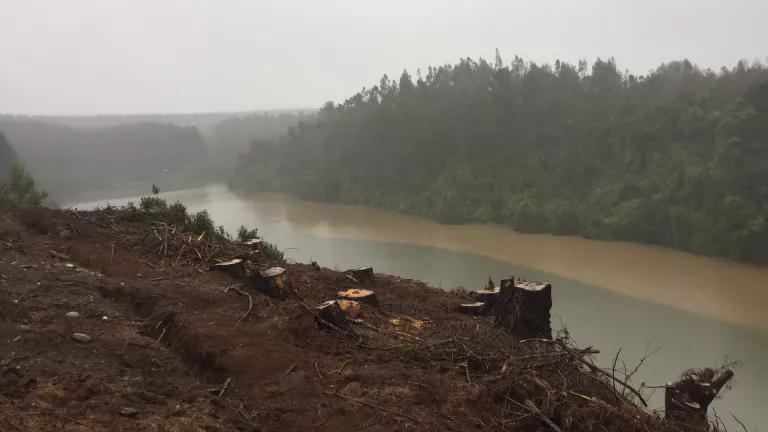
Laguna Antihuala
Today is the United Nations (UN) International Day of the World’s Indigenous Peoples, in recognition of the more than 370 million Indigenous people whose diverse cultural, political and economic systems are spread across 90 countries. Extractive industries continue to undermine Indigenous sovereignty, by encroaching upon ancestral territories, stealing land, and over-exploiting natural resources. As a result, many Indigenous people have been forced into migration, movement and displacement. However, community-based conservation planning centered on Indigenous knowledge and science—also known as Traditional Ecological Knowledge (TEK)—has proven to be an especially effective method of protecting ecologically intact landscapes. According to a recent study, “28.1% of the world's land surface is owned or managed by Indigenous Peoples.” In the Nahuelbuta Mountains of what is now Chile, Indigenous Mapuche communities offer hopeful lessons for native forest restoration and river protection, based on deep historical relations with the local environment.
The Chilean state and the Mapuche kingdom: an ongoing conflict
Tensions between the government of Chile and the Mapuche kingdom of Araucanía and Patagonia have been simmering for more than a century. Successive administrations in Chile have used the country’s “Anti-Terrorism Law” as rationale to carry out violent police raids on Mapuche communities, detain political prisoners and separate families, leading Amnesty International to denounce human rights violations. The main source of disagreement is Mapuche communities’ opposition to the growing intensification and expansion of industrial forestry.
While the dispute over deforestation and native tree substitution by monocrop plantations in Mapuche territory has generated a national and international media spectacle, a string of approved run-of-the-river projects has remained out of the public spotlight, despite fervent local resistance.
I recently visited with Mapuche leaders and local residents whose rivers are under threat from proposed hydroelectric projects in the coastal mountains of Nahuelbuta (meaning “the great jaguar” in the Mapudungun language). Nahuelbuta is located in the province of Arauco, the heartland of the forestry sector within the region of Bío Bío. While grassroots environmental movements in Patagonia have gained important protections against large hydroelectric dams, this marginalized corner of the Southern Cone has been all but ravaged by industry and remains vulnerable. This video, courtesy of Bestias del Sur Salvaje, provides a glimpse into the “biodiversity hotspot” of Nahuelbuta and the natural power of its rivers.
Native forest restoration and river protection in Nahuelbuta
Driving south from Chile’s capital city of Santiago toward the Nahuelbuta mountains, the landscape shifts dramatically—from urban sprawl to vineyards, orchards, coal power stations, pulp processing plants and clear-cut native forests—before finally reaching near-full immersion in pine or eucalyptus monoculture plantations. These vast swaths of timber give unsuspecting visitors the impression that they are in North America or Australia rather than South America. They choke out any remaining intact forest, growing to the edge of the highway, which causes serious danger when wildfires occur. The plantations are owned primarily by Arauco, a major national logging firm, which is the main employer in the relatively impoverished province which bears the same name.
Arauco’s thirst for fiber led the company to switch recently from planting pine to eucalyptus trees. According to ecologist Bernardo Reyes, coordinator of the organizations Ética en los Bosques and Fundación Nahuelbuta (disclaimer: Bernardo is also a consultant for NRDC), a typical pine plantation may be harvested after 20 to 30 years, younger to provide fiber and older to provide wood. Eucalyptus plantations with high growth rates can be harvested after 8-14 years. Moreover, he comments that the eucalyptus tree’s narrow trunk allows companies to plant up to 1,600 trees per hectare, more than twice the density of pine plantations. Eucalyptus also requires double the water resource, which is increasingly scarce in Chile. This intensification of industrial logging through species selection and cloning is improving Arauco’s bottom line, but its social and environmental costs are huge and long term. Reyes emphasizes that the short rotations and the associated clear cuts have a negative impact on the area’s biodiversity and regional hydrological systems.
Local groups like Ética en los Bosques are working tirelessly to restore native habitats in key headwaters and historical sites like Laguna Antihuala, a body of water that lies below a clear-cut cliff—surrounded by timber plantations—and now in the process of recovery. During our visit, the lagoon was turning brown and red due to sediments released from the plantations amid severe flooding.
A bit farther south, Indigenous tourism has helped to promote native forest restoration and river protection in the Elicura Valley, near Lanalhue Lake. There, Manuel Maribur, a Mapuche leader of Indigenous, community and sustainable tourism, introduces foreigners to the richness of his own culture, language, music, and food (including cooking lessons to prepare the staple merkén spice from scratch). Maribur explained how community tourism helps promote environmental conservation:
"Through community tourism we can convince people to take better care of natural resources because it is necessary to connect with nature again…It is us—Mapuche people and the large number of peasants—that still remain connected to nature. We are the ones who take care of it."
While his hens took shelter from the torrential rain under the solar panels in his backyard, Maribur accompanied our NRDC team to monitor a series of local rivers: Elicura, Calebu, Butamalal, Cayucupil, Curanilahue, and Carampangue. These watersheds—which vary geographically from rural countryside to coal-mining towns—are all under siege, not only from the ubiquitous eucalyptus and pine plantations, but also proposed run-of-the-river hydroelectric projects. According to Reyes, the hydroelectric complexes are typically fragmented into at least three different sections of three megawatts (MW) or less, so that the energy companies may avoid the legal regulations that mandate an environmental impact assessment for a 10-MW dam.
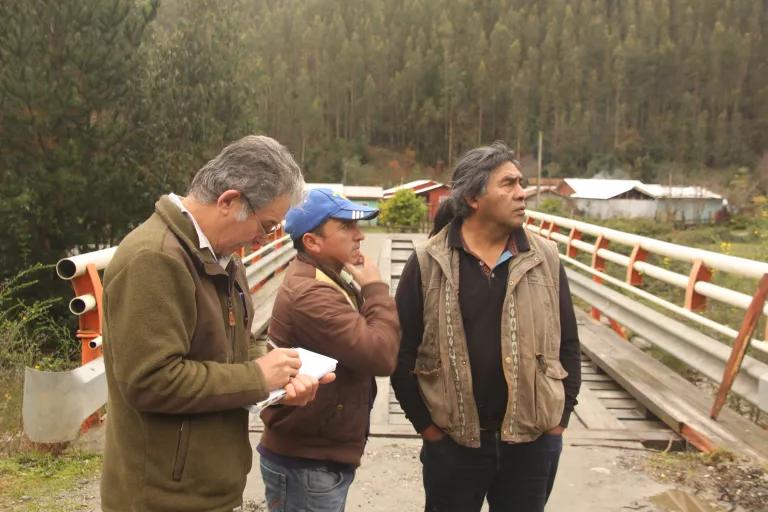
Monitoring industrial forestry at the Butamalal River—Bernardo Reyes (left), local resident (centered) and Manuel Maribur (right)
Mapuche means “people of the land”
The logging and hydroelectric industries that are extracting resources in Nahuelbuta deny Indigenous Peoples’ collective rights to land, territories and resources, upheld by the 2007 UN Declaration on the Rights of Indigenous Peoples. Yet, in addition to the plunder of ancestral lands and induced water scarcity for human residents, a vast array of endangered or rare species of foxes, deer, mountain lions, frogs, birds, reptiles and flowers, also native to the Nahuelbuta mountains, are currently under threat. The hope of restoring native forests and protecting these biodiverse endemic species rests on Mapuche land stewardship and civil society conservation partnerships.
Historically, Indigenous communities inhabiting the coastal area stretching from what is now Bío Bío and Araucanía to Patagonia crafted a ”maritime cultural landscape,” navigating its myriad waterways by boat. Now, environmentalists in the city of Curanilahue are promoting recreational sports like kayaking and rafting to help recover this relationship with nature and “lift the voice of the rivers,” as local organizer Claudia Cisterna put it. As part of an annual festival called Nahuelbuta Libre (Free Nahuelbuta), Cisterna and other community members gather at the foot of the Nahuelbuta mountains to monitor the Carampangue River, promote tourism and raise awareness about the importance of protecting natural resources. Her goal is to launch a new program to distribute passports for “Nahuelbutenses”: people who have pledged to identify with the forest once again.

